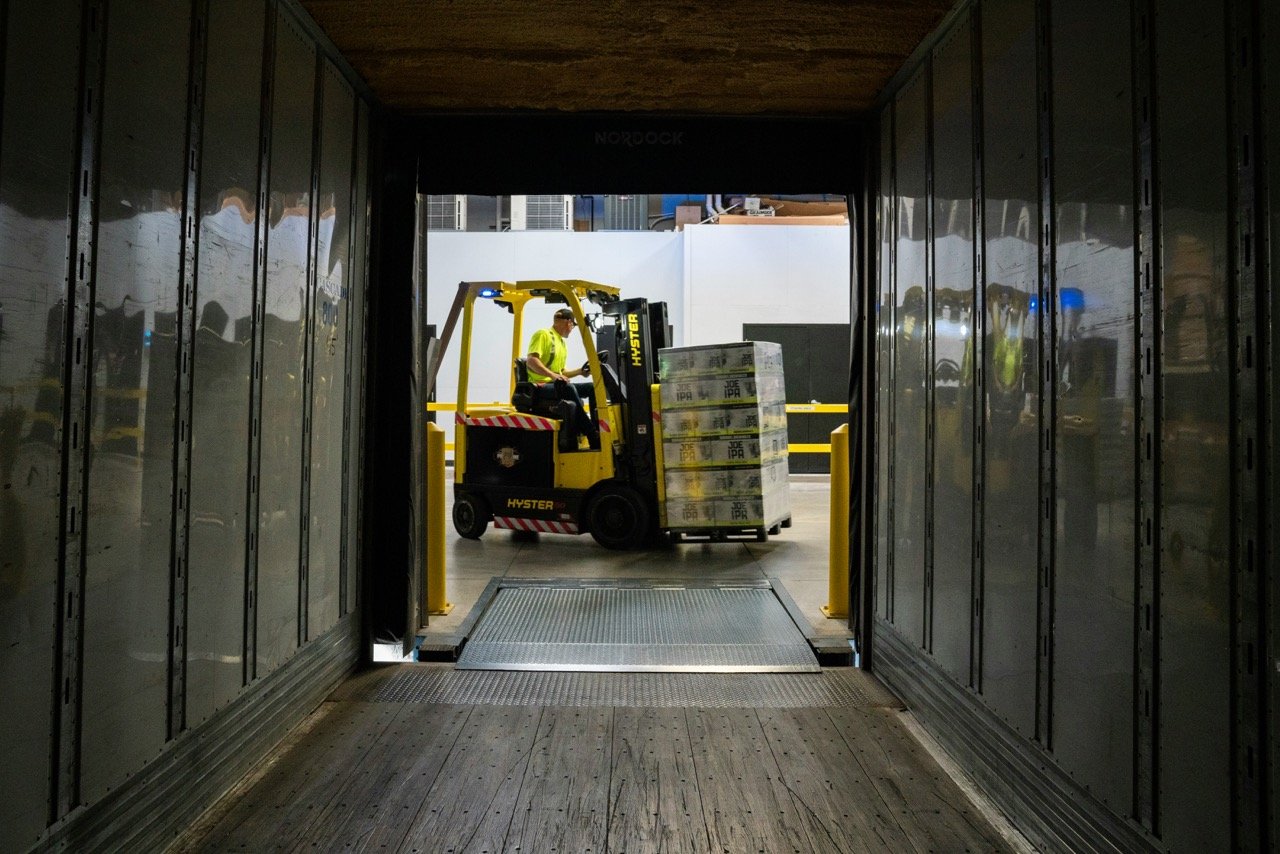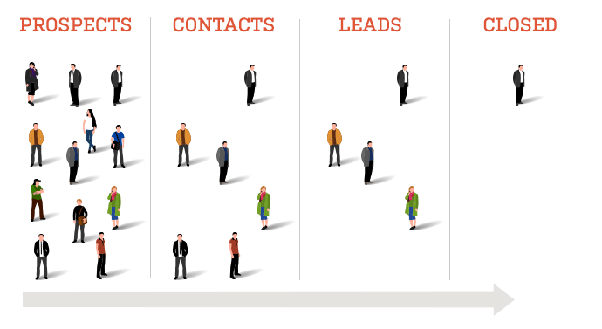Ensuring food safety and freshness is a top priority in the food industry. Many food products are packed in closed environments with gas mixtures to prevent contamination and maintain their original appearance, nutrients, taste, and shelf life. Seal inspection is a critical part of this process, ensuring that packaging seals are intact and effective. This blog post explores the importance of seal inspection, its benefits, and how vision-based solutions can revolutionise the process.
Understanding seal inspection
Seal inspection is the process of examining the seals on food packaging to ensure they are properly closed and free from defects. It helps prevent contamination and extends the shelf life of the product. The integrity of these seals is crucial, as even the smallest defect can lead to product spoilage or contamination. Seal inspection is vital for maintaining food safety. A compromised seal can allow bacteria and other contaminants to enter the packaging, posing health risks to consumers. Additionally, it ensures that the product remains fresh, retaining its taste, colour, and nutritional value. There are several methods for inspecting seals, each with its advantages and limitations. These include manual inspection, pressure decay, vacuum decay, ultrasonic testing, and vision-based solutions. Vision-based solutions have gained popularity due to their efficiency and accuracy.
Benefits of vision-based seal inspection
Vision-based seal inspection offers numerous benefits over traditional methods. It provides real-time feedback, reduces human error, and ensures consistent quality. Additionally, it can detect a wide range of defects, including wrinkles, gaps, and foreign materials. Vision-based solutions utilise advanced cameras and software to capture and analyse images of the seals. The system compares these images to predefined standards, identifying any deviations that indicate a potential defect. This process is fast, accurate, and non-destructive. Implementing vision-based seal inspection involves selecting the right equipment and integrating it into the existing production line. Proper training and maintenance are also essential to ensure the system operates effectively. Companies that invest in this technology can expect significant improvements in product quality and safety.
Common defects detected by vision-based seal inspection
Vision-based systems can identify a variety of seal defects, including incomplete seals, wrinkles, misalignments, and foreign materials. Detecting these issues early in the production process helps prevent them from reaching consumers, reducing the risk of product recalls and customer complaints. Despite its benefits, seal inspection presents several challenges. These include variations in packaging materials, environmental conditions, and the presence of contaminants. Addressing these challenges requires a combination of advanced technology and skilled operators. Seal inspection technology continues to evolve, with new advancements improving accuracy and efficiency. These include AI-powered systems, improved imaging sensors, and enhanced software algorithms. Staying up-to-date with these advancements is crucial for maintaining high standards of food safety and quality. AI plays a significant role in modern seal inspection, enabling systems to learn and adapt to various packaging conditions. AI-powered systems can identify patterns and anomalies that may be missed by traditional methods, providing a higher level of accuracy and reliability.







